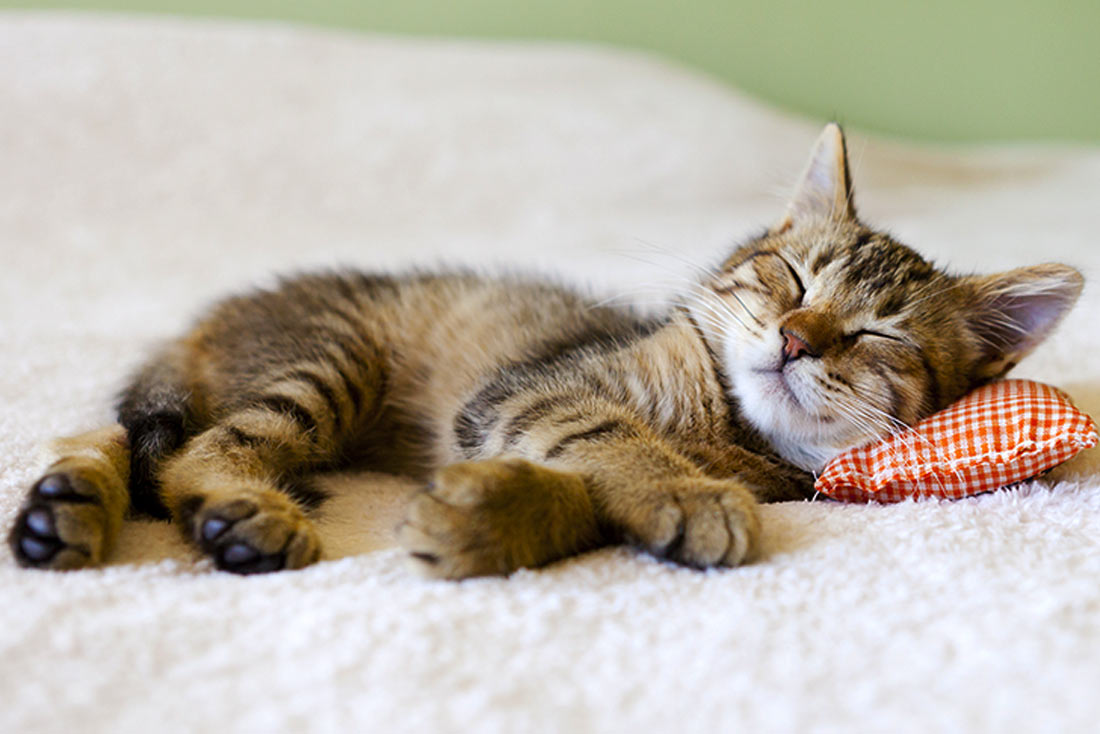What Does it Mean to Declaw Your Cat?
It’s common to assume that when your cat is declawed, it’s a quick and simple fix. No more using your favorite couch as a scratching post; no more going out looking like you were attacked by a miniature version of Freddie Krueger; and your rolls of toilet paper are finally safe. It feels like a relief.
But, did you know that many countries around the world have banned declawing? The Humane Society of the United States is strictly against declawing cats unless it’s medically necessary.
Most people think that declawing is as simple as clipping the cat’s nails. Unfortunately, that’s not the case. Declawing traditionally involves the amputation of the last bone of each toe in order to remove the cat’s claws. If this procedure were to be performed on a human being, it would be like cutting off each finger at the last knuckle.
There are a host of medical drawbacks to declawing. These include pain in the paw, infection, tissue necrosis (tissue death), lameness, and back pain. Removing claws changes the way a cat’s foot meets the ground. It can cause pain comparable to wearing an uncomfortable pair of shoes. There can also be a regrowth of improperly removed claws, nerve damage, and bone spurs.
Shredded newspaper is typically used in the litter box in the days after surgery to prevent the litter from irritating declawed feet. This is an unfamiliar litter substitute, and when accompanied by pain when scratching in the box, may lead cats to stop using the litter box. It’s possible for cats to become biters because they no longer have their claws for defense.
There are plenty of ways to prevent scratching, which is the main reason for declawing. Try trimming their claws to keep them at a manageable length; keep a scratching post and plenty of toys around your house; or try tapes or attachments to your furniture to prevent your cat from clawing.
Declawing is an unnecessary surgery which in the end provides no medical benefit to your cat. Educated pet parents can take steps to train their cats to use their claws in a manner that allows everyone in the household to live together happily. Essentially, this surgery should only be used as a last resort to help cure serious illness in your cat. Keep your cat healthy and happy by allowing him to keep his claws.

